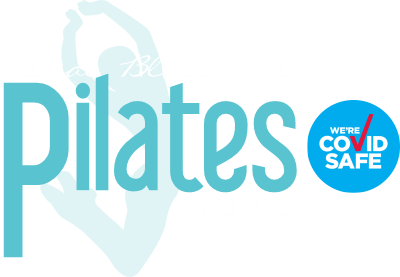Understanding Balance
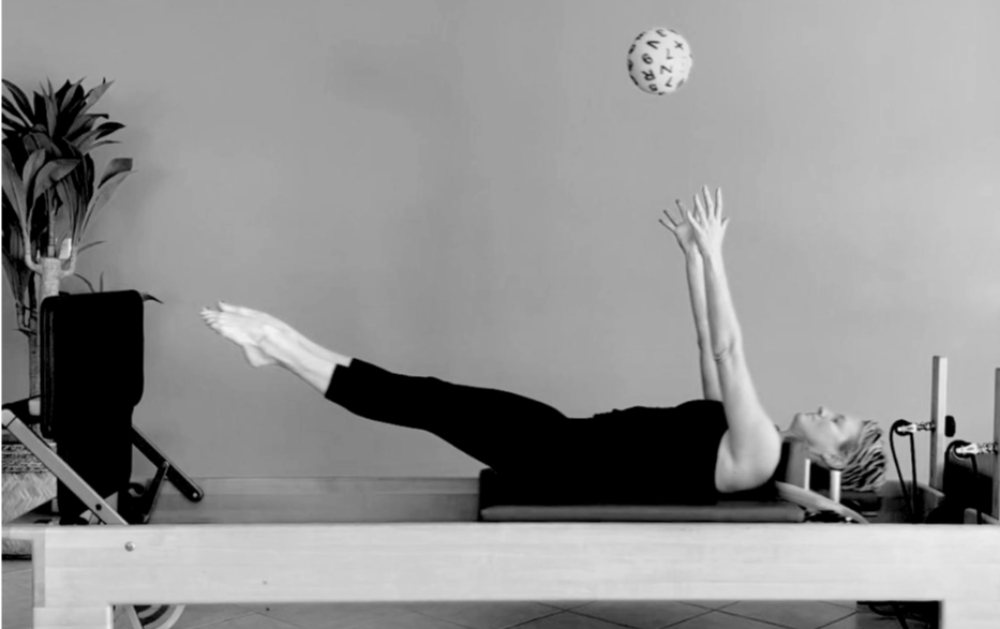
There’s more to this than meets the eye …
To understand balance, we must first understand its partner: falling. The fear of falling is one of the biggest reasons why people hesitate in challenging their balance. If we think about when a person has had a fall, it has not been while they were sitting, but rather when they were moving. Getting up off the floor, walking up or down stairs, walking on unstable or different surfaces and even the change of light in a room can effect one’s balance. A misconception of working and improving one’s balance is to stand on one leg, eyes focused forward and be still. However, this couldn’t be further from the truth. The balance mechanism is a complex one with 3 systems making up our ability to balance. All 3 systems are vital in developing a strong balance system. As we venture through our 3 systems, you will see just how important movement is to enhance our balance.
The 3 systems that achieve and maintain balance are:
- Visual System – our eyes
- Vestibular System – our ears
- Proprioception System – knowing where we are in space
Information from these 3 peripheral sources (eyes, ears, muscles and joints) all deliver messages to our brain helping us to stay upright on our feet. We must challenge all 3 systems to improve our awareness and balance.
Let’s understand our 3 systems. Our eyes, small but complex, play a major role in our balance. Our eyes pick up light, colour and movement. Our vision is constantly giving our brain feedback, helping us process, understand and take action to our surroundings.
The eyes have it
Each eye has 6 muscles and nerve tracts that need to be worked and stimulated, just like the rest of our muscles and nerves in the body. Our eyes can become weak from screen time, stress or when we don’t move them enough, hence the need for eye exercises.
Eyes exercises can:
- improve our posture
- improve neck mobility
- decrease tension headaches
- increase our balance
Have you ever thought about doing eye exercises?
Our eyes and Vestibular System (inner ear) rely on each other. We receive most of our input through our eyes, giving us the best sense of judgment of where we are in space. Information from our eyes and brain help feed the Vestibular system and proprioception of our bodies to stabilise and position while in motion, sitting or standing.
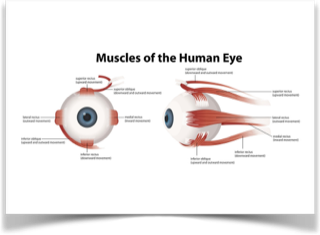

Image; alsnewstoday.com
The Vestibular System
Do you remember rolling around, swinging and jumping as a kid?
Yes, It was so much fun, wasn’t it. But little did we know how beneficial it was for us.
When our head and body moves, the vestibular system feeds information to our brain helping us to know where we are in space (up or down), our bodies motions (how fast or slow we are going) and equilibrium (balance).
The vestibular system is crucial in developing:
- balance
- co-ordination of muscle
- eye movements
- spatial awareness
- postural control
- muscle tone
- confidence and trust of movement
The Vestibular System (VS) is embedded in bone in our inner ear and is comprised of several structures and tracts.
- 3 Semi Circular Canals
Within the canals a fluid called endolymph moves around brushing against tiny hair molecules that detects its own directional balance. - Otolith Organs
The Saccule and Utricle together make the Otolith organs with the Saccule detecting the vertical plane (up/down) and Utricle detecting the horizontal plane (forward/back and left/right) - Sensory Receptors
The VS never rests. It continues to communicate with the cerebellum even while you are sleep at 1 million times per second! When the VS is working well, we have no idea of its powerful influence on the body, but if it breaks down our world can become unsteady, dizzy or nauseas.
Activities or movements that help stimulate and wake up the Vestibular System include:
- Pilates exercises or yoga flows
- rocking, rolling and swinging
- bouncing on a ball
- jumping activities (skipping, hop scotch, on a trampoline)
- inverted movements (cartwheels)
If we think of the Pilates Method there are so many fabulous exercises across the whole repertoire that can challenge our balance system. The matwork and Joe’s Standing Mat are amazing tools for our clients to use at home. The reformer with its carriage moving back and forth challenges our VS from a new perspective as we lay on it, kneel, stand and face all different directions while using the reformer. All Pilates apparatus find new and interesting ways to challenge our balance and proprioception with different planes of movement.
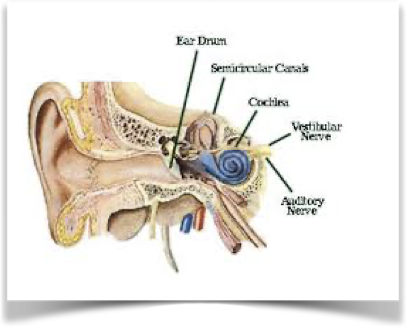
Imagine from Hopkins Medicine
Proprioception
Our 6th sense: Knowing where our body is in space.
Sensory information from our joint and muscle receptors send signals to the brain about joint angulation, muscle length and muscle tension. It plays a large role in our body awareness, posture, co-ordination and the ability to focus. Proprioception is a sense that enables the body to move and control limbs without looking at them. For instance, how much strength or force do I need to move the reformer bed when it has light or heavy springs on. It even helps us with reaction time, understanding how fast a ball or car is coming towards us so we know how quickly to react.
Proprioceptive challenges can be:
- changing feet positions (narrow stance, tandem stance, two leg to one leg)
- exercises while eyes are open and closed
- standing on different surfaces barefoot (grass, mats, pillows, sand, rocks, having socks on/off)
- changing the direction in movement patterns
- throwing a ball (different angles)
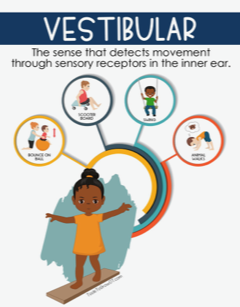
Life’s little challenges
Our balance continues to suffer everyday from the lack of challenging it. We become more fearful of falling over, our posture suffers causing our peripheral vision to decrease and our bodies become more ridged. All of which decrease our reaction time and ability to catch ourselves when we trip. We all need to challenge our balance everyday. Whether you are an elite athlete, a person with injuries or a healthy person with no injuries we need to challenge ourselves with:
- different movement patterns on different surfaces
- moving our head and eyes in different directions
- keeping our eyes closed while moving
- changing the stance of our legs
Hence why Pilates is great for improving your balance and spatial awareness. Whether you are supine, prone, kneeling, standing or side lying, changing your eye line, head or leg position will put your vision, vestibular system and proprioception to the test. Improving our balance helps us with agility, speed, smoother pivoting motions, increases our reaction time and improves ones confidence. The more unique situations and different movement patterns we place ourselves in helps us to adapt, grow and enhance our quality of life.
Owner of Renae Blackmore Pilates Studio
Faculty Educator – National Pilates Training
